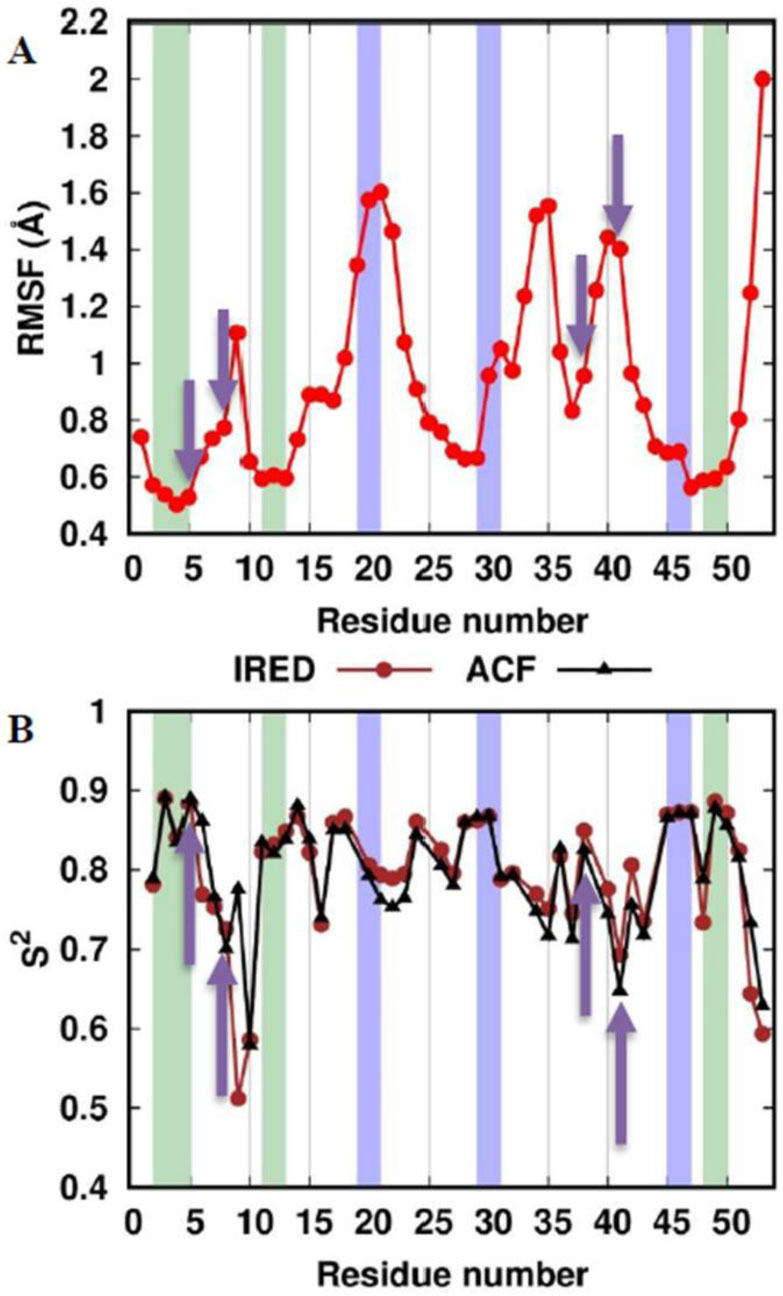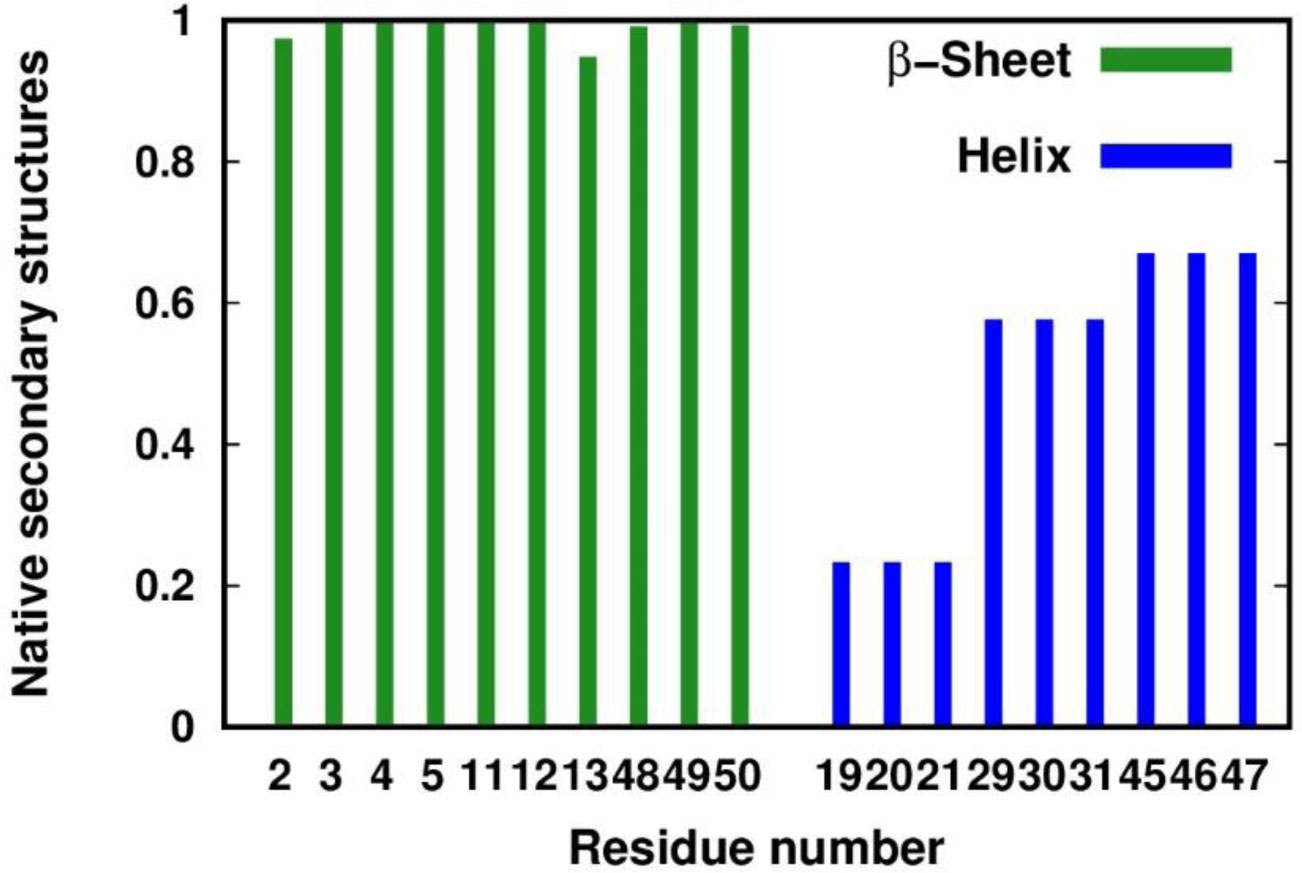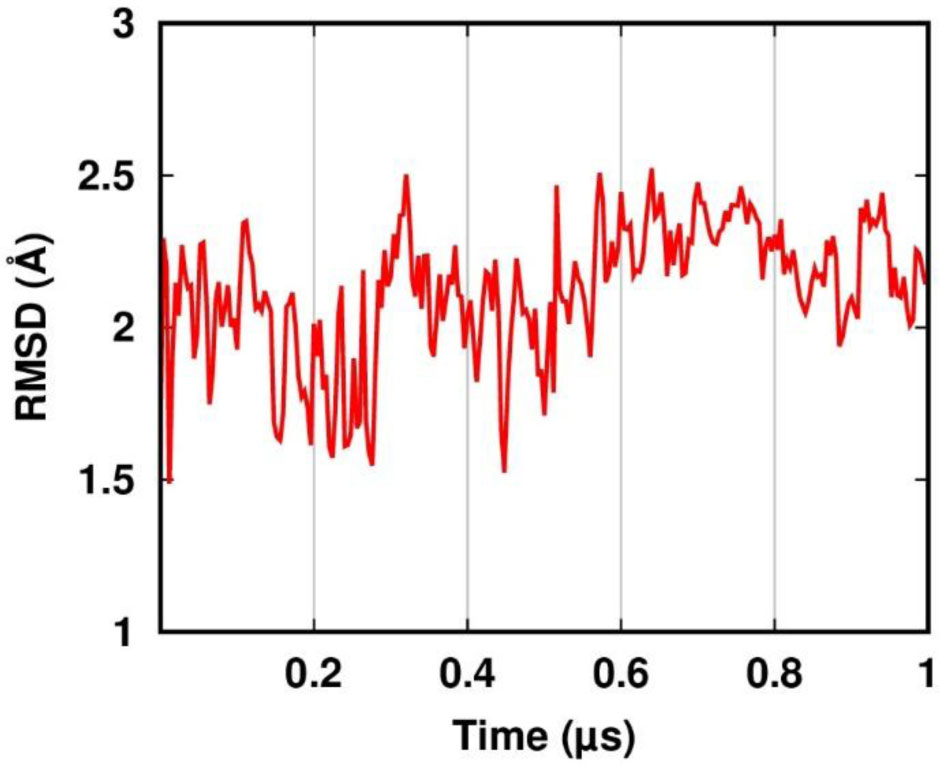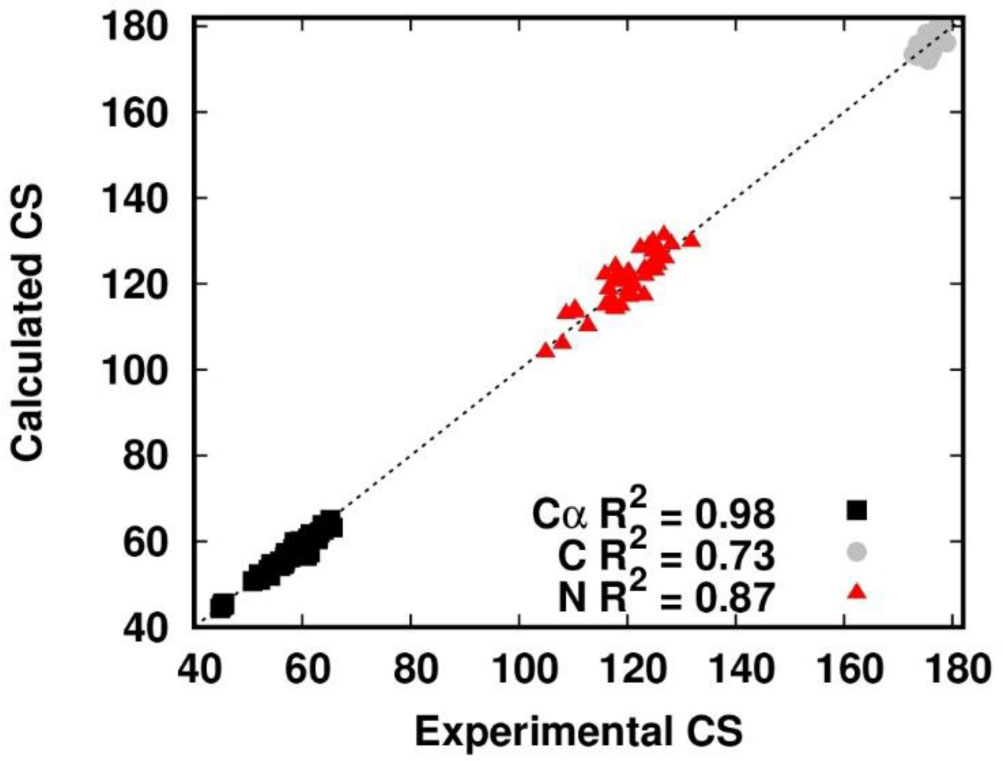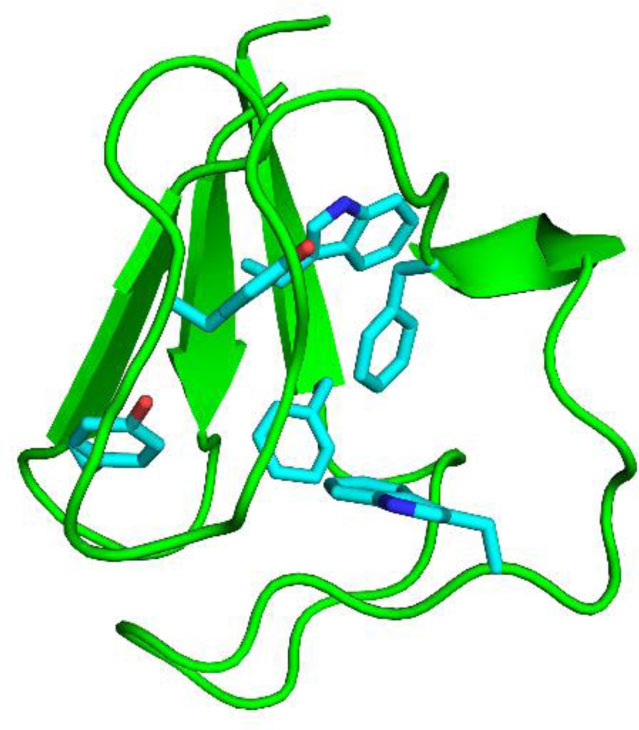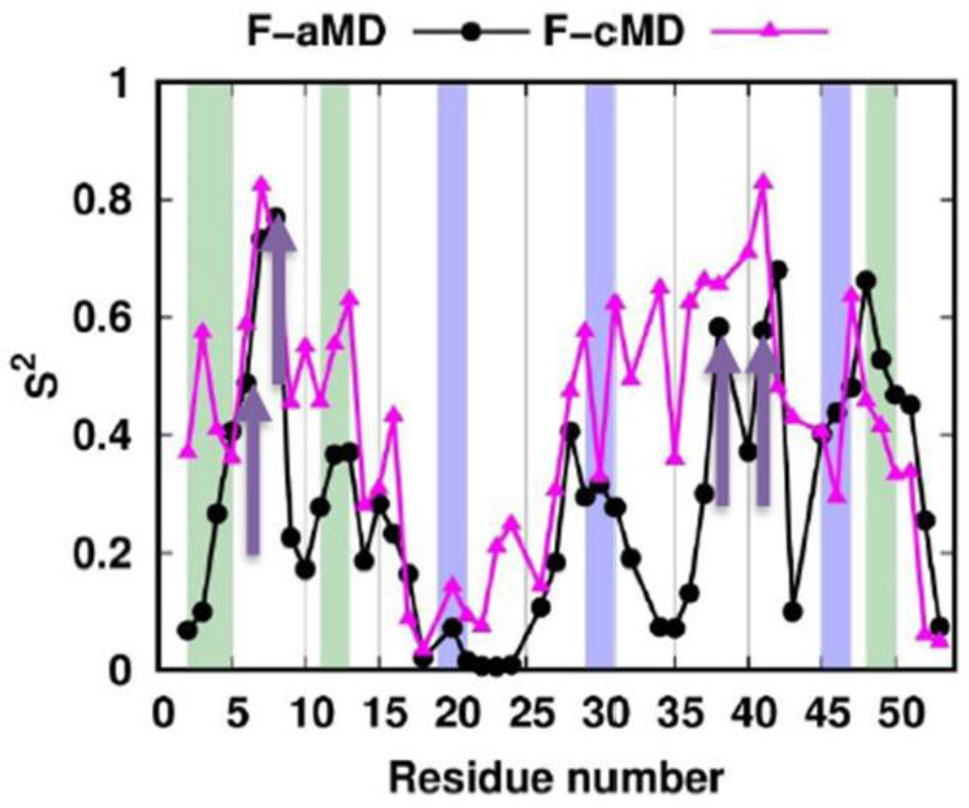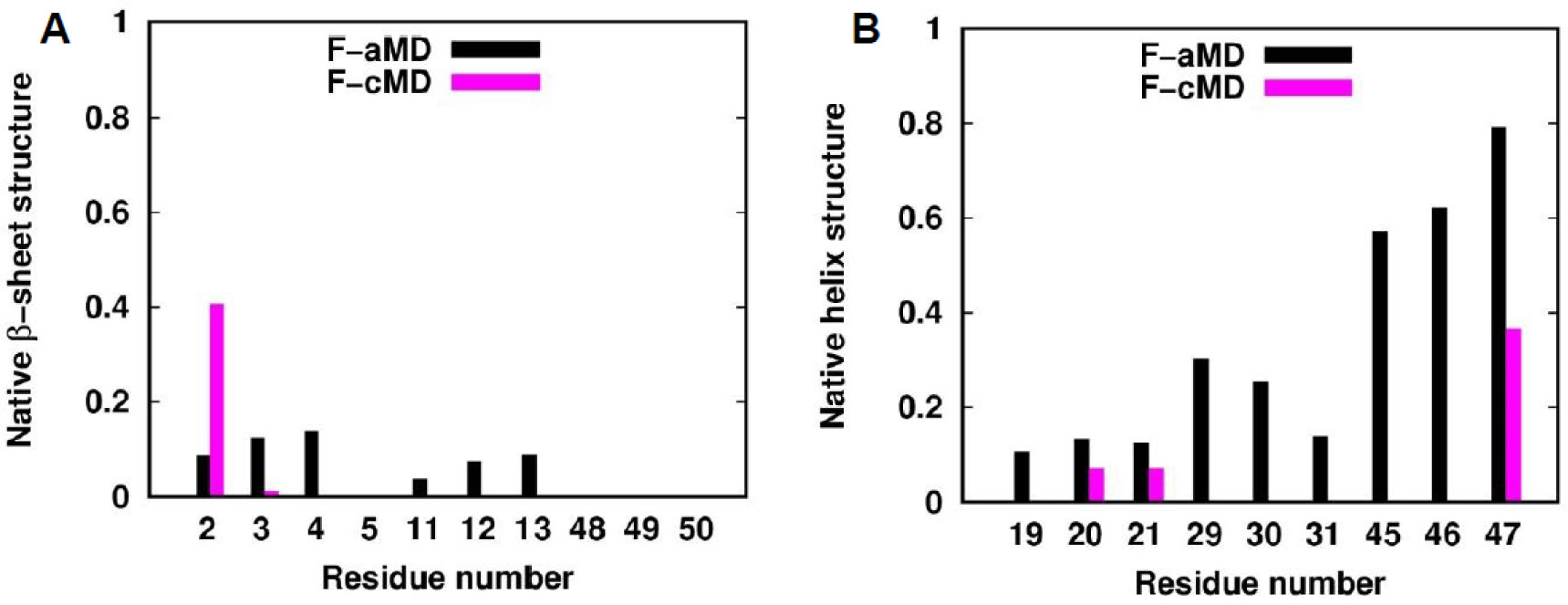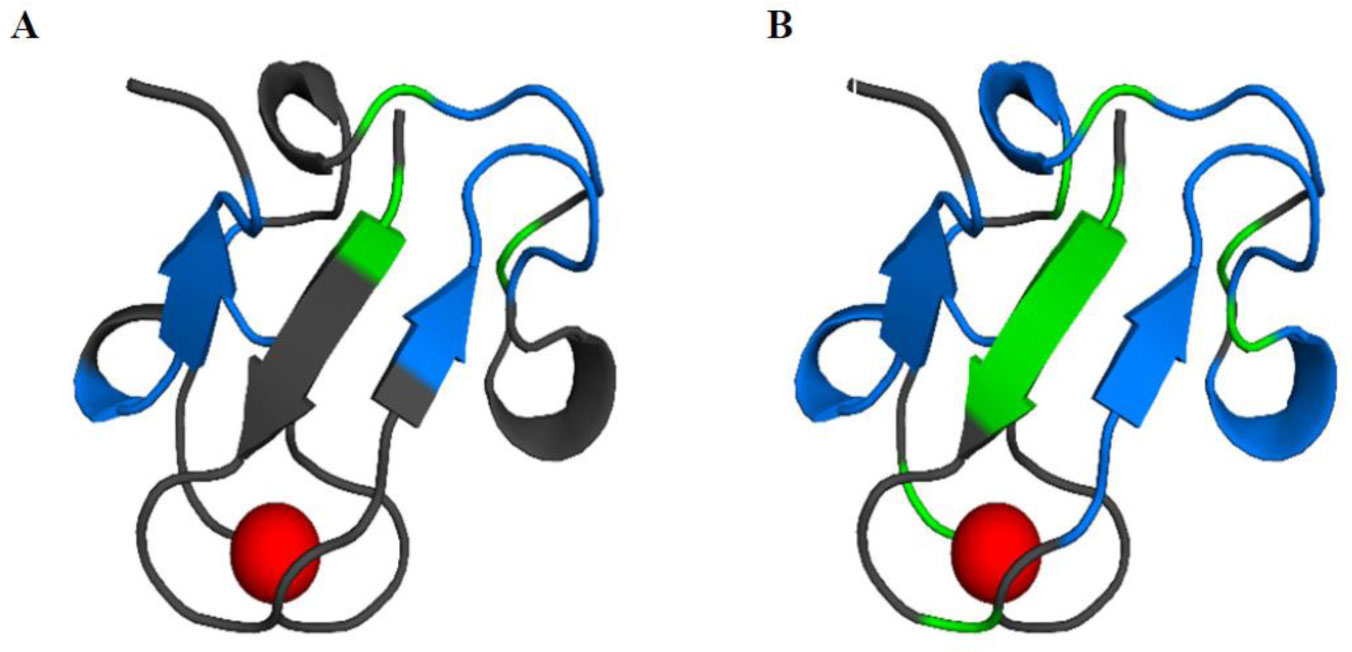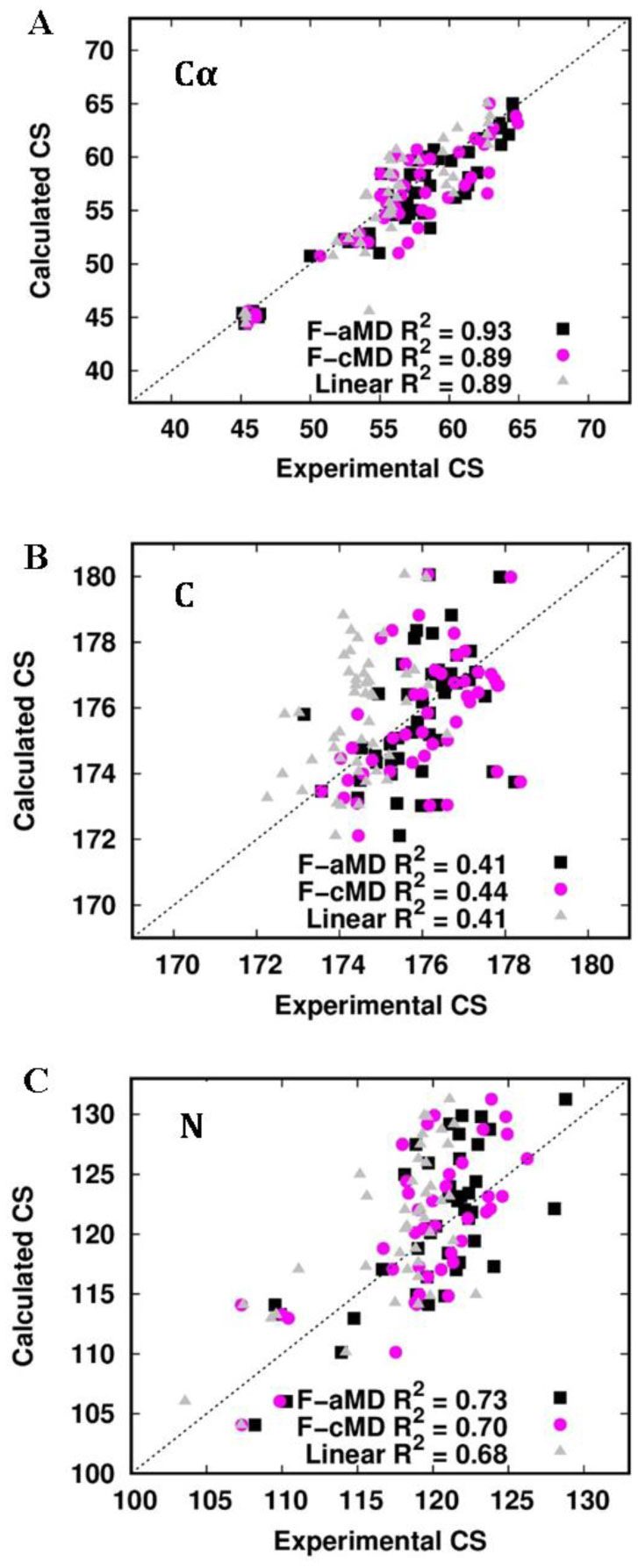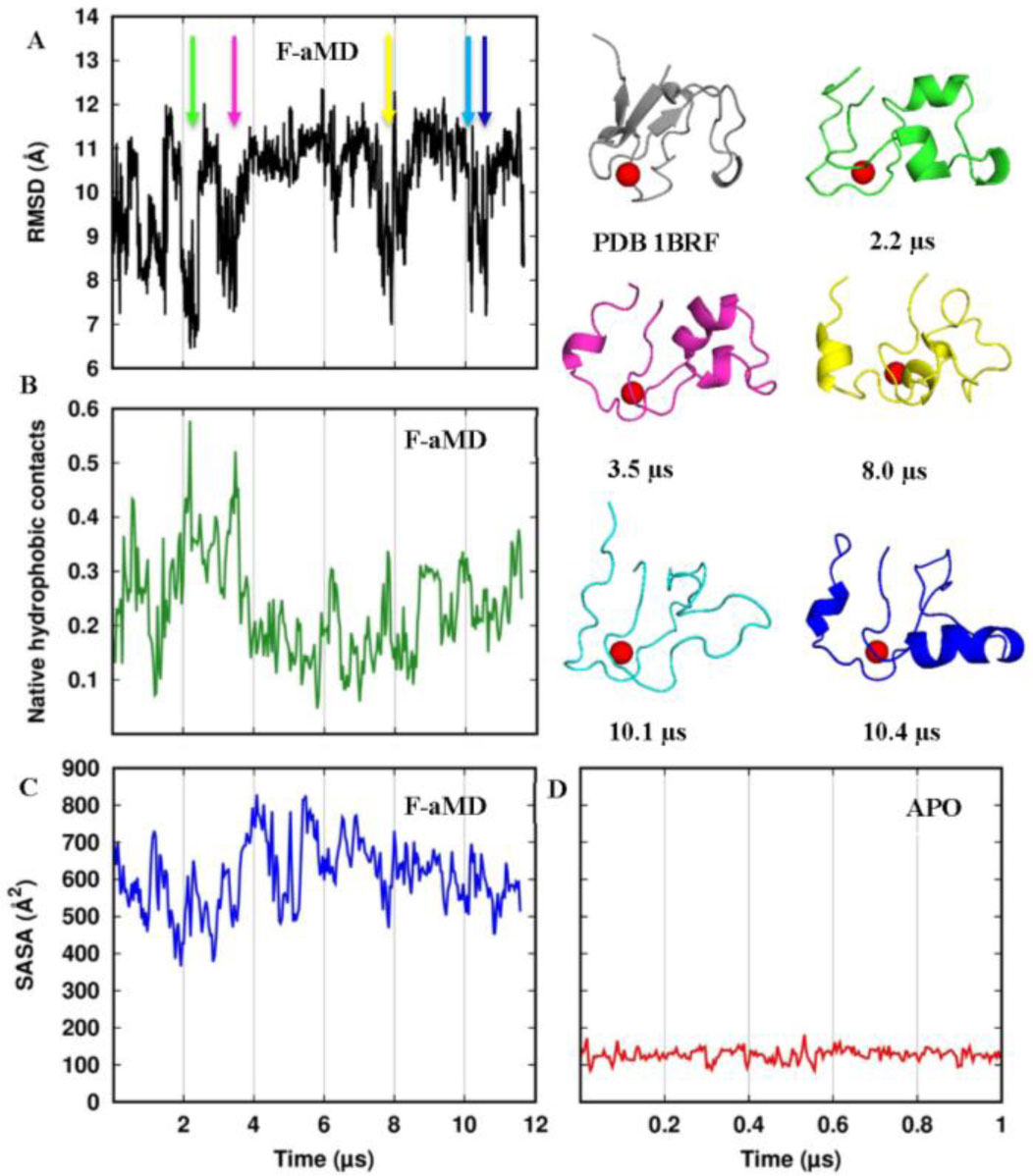1. Introduction
Expansion of financial market is the basic factor of economic development and growth [1,2,3]. Credit plays a key role in economic growth, particularly in developing countries suffering seriously lack of financial resources, by financing production, consumption and capital formation which, in turn, accelerates the economic growth. Most of the previous studies on the credit-growth link have relied on macro (nationwide) data [4,5,6] and little has been done at sector and, especially, provincial (state) levels.
The question on the role of credit in agricultural output has been a subject of vast debate in recent decades [7,8,9]. A fundamental matter of debate relates to the impact of institutional credit on growth in agricultural output. When farmer faces a credit shortage, additional credit supply can raise output through two different mechanisms, namely: Liquidity effect and consumption smoothing effect. First one points to the promotion of input use and investment while second one relates to smoothing out of consumption and, therefore, increase the willingness of risk-averse farmers to take risk of involving in a risky activity like agricultural production and make investments [8].
Direct impact of credit on output growth is reported by many researchers [1,3,10,11,12,13,14]. In a relatively new attempt the contribution of credit growth and the composition of credit portfolio to economic growth in some emerging economies is studied using a cross-country panel dataset. Main results reveal the significant impact of credit on real output, with the magnitude of the impact depending on the specific type of credit [15]. In the context of agriculture,
[16] showed that credit is a cause for poverty reduction in rural households of Pakistan whose main source of livelihood is agriculture. [7] Found that agriculture is directly related to poverty alleviation in Bangladesh and credit has the capacity to get farmers into the efficiency cycle. [17] State that credit in agriculture acts like a two-edged weapon which could result in productivity enhancement if used productively and may lead to the problem of indebtedness if applied irrationally on unproductive activities. Positive and significant impact of credit on agricultural output is also seen in Nigeria [18,19].
Financial requirements of agricultural activities might be met by public (governmental) and private (non-governmental) sources. Due to the high risk involved, banks and other formal financial institutions don't prefer to allocate their credits to farmers. As a result private sources, which may act at national, provincial and local levels, have emerged as a complement to public sources during recent decades. Many examples of such institutions could be found in developing economies like: Bangladesh, Vietnam, Cambodia and Argentina. Empirical investigations confirm efficient performance of them [19,21,22,23].1
1 A summary of some relevant literature is provided in the supplementary.
Agriculture is vital for Iranian economy. It accounts for about 10 percent of national gross domestic product and provides 20 percent of country employment. Its contribution in non-oil export and food supply is estimated at 20 and 80 percent, respectively [24]. Iran Agricultural Bank (IAB) as the only specialized bank involved with the agriculture sector has had the responsibility to finance those engaged in the sector for more than eight decades and undoubtedly is central in meeting farmers' credit needs [25].
Support Fund for Investment Development in Agriculture (SFIDA) established in 2004 is the major non-governmental body acting in Iranian agricultural financial market. SFIDA's capital is increased from Rial2 23 billion in 2004 to more than Rial 10200 billion in 2015. During the same period, the number of members is raised from 145 to 6949. Moreover, its coverage is expanded by establishment of 97 provincial branches. SFIDA is committed to address financial needs of members by providing cheap loans to those projects approved by Ministry of Agriculture and hereby contribute in agricultural growth. Figure 1 depicts the evolution of SFIDA's supplied credits (Cr) and agricultural growth (Va) during 2008–2014. Data are country averages (right vertical axis shows Cr values). It's clear that both variables have followed upward trend though the rate of change is different (14.96% for Va and 21.91% for Cr). For first half of the sample, variables would appear to be highly correlated suggesting the possibility of a long-run equilibrium relationship. However, due to the sizable increase in SFIDA's capital, the vertical gap between two lines is raised after 2011. It suggests presence of likely break in the relationship between two variables in 2011 that should be kept in mind in the model estimation.
2 Iranian national currency which is, roughly, equal to 0.00003 USD by August 2017.
Iranian literature on credit-output relation in agriculture is poor. Although the economy-wide effect of governmental credits on agricultural output is studied in some cases [26,27] but there is no evidence on SFIDA's performance. So the main motivation of this study is lack of any reliable information regarding the type and size of SFIDA's credits impacts on agricultural output. After providing a brief review of problem statement and literature, next section introduces materials and methods applied to meet study goals. Results obtained from estimated model are discussed in third section and last part of the paper concludes.
2. Materials and methods
2.1. Model specification
Primary focus of this study is on the relationship between agricultural growth and credits provided by SFIDA in the Iranian economy. The most common methods for examining credit-output relationship are cross-section (country, state or province), time series and panel data models. Each of these methods has its own advantages and disadvantages however; economists are commonly interested in using cross-section methods. Despite of some improvements in solving technical problems associated with such methods, but still, there are many unsolved problems such as parameter heterogeneity, unobserved fixed effects, measurement errors or endogeneity associated with this approach [28]. As an alternative, [29] and [30] argue that conventional panel data models address major concerns about cross-section methods and brings more efficient estimates of the regression coefficients. Thus, this study employs panel data method as a proper way of investigating credit-output relation in agriculture.
The basic regression takes the form:
|
$
V{a_{it}} = {\alpha _i} + \beta C{r_{it}} + \delta {X_{it}} + {\mu _i} + {U_{it}}
$
|
(1)
|
where agricultural growth is supposed to be dependent on credits provided by SFIDA (Cr) and a vector of other relevant explanatory variables. $\mu $ is a country-specific component of error term that does not necessarily have a zero mean and $U$ is a white noise error as: $U\sim N\left({0, \sigma _U^2} \right)$.
The focus of the analysis is on "$\beta $" which measures the impact of SFIDA's supplied credits on agricultural growth. A basic problem in empirical analyses of economic growth is which control variables to include in the model. However, the primary goal of this article is not to contribute to the economic growth theories, but to analyze whether and how SFIDA affects Iranian agricultural growth. For this purpose, following [31,32,33] and considering limited available time series on SFIDA performance, a typical aggregate production function at provincial level is chosen as the most suitable model specification (Eq 2).
|
$
V{a_{it}} = {\alpha _i} + {\beta _1}C{r_{it}} + {\beta _2}L{f_{it}} + {\beta _3}R{a_{it}} + {\beta _4}I{n_{it}} + {\beta _5}E{n_{it}} + {U_{it}}
$
|
(2)
|
where i and t denote province (1, …, 31) and time (2008, …, 2014), respectively. Variables' features are shown in table 1.
Table 1. Description of variables.
| variable |
symbol |
unit of measurement |
Expected effect on dependent variable |
| Agricultural value-added |
Va |
billion Rial at constant prices |
- |
| Credits provided by SFIDA |
Cr |
million Rial |
positive |
| Labor force |
Lf |
thousand person |
positive/negative |
| Rainfall |
Ra |
millimeter |
positive |
| Agricultural investment |
In |
billion Rial at constant prices |
positive |
| Agricultural energy use |
En |
million liter oil-equivalent |
positive |
| Source:
[31,32,33] and authors' additions. |
As discussed earlier in introduction, a direct relationship between credit and real agricultural output is expected. Based on economic theories, more labor force should lead to more output but some previous works in developing countries documented that agricultural activities are over-populated and a negative impact on output could be expected [34]. Due to a large share of dry farming in Iranian agriculture, the coefficient of rainfall is assumed to be positive. Agricultural investment (mechanization, modern irrigation technologies etc) could result in more productive use of scarce inputs and, hence, higher production. Finally, energy as a major factor of production is postulated to positively influence our dependent variable.
At the first step in panel data analysis, we test for cross section dependency (CSD) in our provincial data. Ignoring cross sectional dependence of error terms (${U_{it}}$) can lead to serious consequences, and the presence of this problem in economic panel data is likely to be the rule rather than the exception. Cross correlations of errors could be due to factors such as spatial effects and interactions between socioeconomic networks. Cross sectional dependency not only results in inefficient estimators of common fixed and random effects models but may also have serious drawbacks on popular panel unit root tests since some of them assume independence. If number of cross sectional units is greater than the time periods (as in our case) the Pesaran CD-test is suggested as a proper test for CSD [35]. If existence of CD is confirmed, then we apply CADF test for unit root as suggested by that controls for CD [36], otherwise commonly used tests like IPS and LLC can be employed. After checking for stationarity, the co-integration of variables is examined by Westerlund test that considers possible existence of structural breaks in the data [35].
In the next step, Limer F-test is applied to decide on our data structure as pooled or panel data (poolability test). This test helps to decide on the presence of any specific provincial effects in the data. Its test statistic is as follows:
|
$
F = \frac{{}^{\left( ES{{S}_{R}}-ES{{S}_{UR}} \right)}\!\!\diagup\!\!{}_{\left( N-1 \right)}\;}{{}^{ES{{S}_{UR}}}\!\!\diagup\!\!{}_{\left( \left( T-1 \right)N-K \right)}\;}
$
|
(3)
|
here, ${ES{S_R}}$ and ${ES{S_{UR}}}$ denote error sum of squares in restricted (pooled) and unrestricted (panel with provincial effects) models, respectively. N is number of provinces, and T is number of years and K is number of regression coefficients. This statistic will be distributed as ${F_{N -1, N\left({T -1} \right) -K}}$ assuming ${U_{it}}$ is white noise.
In the case of panel data, Hausman general specification test decides on fixed effect versus random effect model as proper representation and estimation method of Eq 2 [37].
2.2. Data
A panel data set consisting of annual provincial information for the period spanning from 2008 to 2014 is used. All the required data is obtained from CBI, SFIDA and SCI3 official documents.
3 Statistical Center of Iran.
3. Results and discussion
3.1. Description of data
Table 2 portrays some descriptive statistics of the variables. Data are yearly averages over 31 provinces. The two variables of interest (Va and Cr) have followed upward trend by 14.96 and 21.91 percent annual growth rate, respectively. It's an evidence of increasing role of SFIDA in funding agricultural activities. Labor force almost remained unchanged while public investment is declined over the period mainly due to budget limit. Moreover, agricultural energy consumption is raised, on average, from 202.74 to 249.68 million liter oil-equivalent. This is mainly due to the expansion of greenhouse production which is central to MOJA4 as a policy leading to higher productivity of scarce water resources. Also among the five explanatory variables (inputs) considered, credit shows the highest correlation with agricultural growth (97%). The second highest value goes to energy (95%).
Table 2. Descriptive statistics.
|
Va |
Cr |
Lf |
Ra |
In |
En |
| 2008 |
9063.80 |
34420.51 |
139.94 |
167.13 |
322.17 |
202.74 |
| 2009 |
11061.22 |
61784.56 |
141.32 |
341.15 |
298.93 |
209.52 |
| 2010 |
12947.24 |
66818.66 |
128.03 |
290.73 |
253.48 |
220.16 |
| 2011 |
15977.93 |
92478.87 |
123.00 |
317.35 |
236.69 |
221.61 |
| 2012 |
24644.12 |
168352.96 |
128.97 |
338.65 |
92.77 |
230.32 |
| 2013 |
39779.88 |
261746.60 |
126.23 |
302.48 |
124.15 |
240.00 |
| 2014 |
54915.64 |
278393.49 |
123.03 |
289.34 |
246.89 |
249.68 |
| average |
24055.69 |
137713.66 |
130.07 |
292.40 |
225.01 |
224.86 |
| growth (%) |
14.96 |
21.91 |
−1.04 |
8.32 |
−5.00 |
1.49 |
| Note: Units of measurement are as those in table 1. |
4 Ministry of Jihad-Agriculture.
3.2. Cross section dependence test
To assess whether the CSD assumption of first generation panel models' tests holds, the Pesaran CD-test is applied. Technically speaking, this test is based on the mean of pairwise correlation coefficients of OLS residuals from individual regressions ran separately for each province. If the dataset includes N units (31 in our case) the test estimates N* (N–1) correlations between each province and all other provinces. Table 3 indicates that the null hypothesis of cross section independence could not be rejected.
Table 3. CSD test results.
|
Test statistic |
Probability |
Average correlation coefficient |
Absolute correlation coefficient |
| Value added |
2.32 |
0.32 |
0.105 |
0.115 |
| SFIDA's credits |
1.15 |
0.45 |
0.098 |
0.098 |
| Note: Stata routine xtcd is applied. |
3.3. Panel unit root test
Due to rejection of CSD in our dataset, first generation panel unit root tests are applicable.
In this paper two popular widely known tests including IPS and LLC tests are used. Lag length is selected using the Schwarz Bayesian Criterion (SBC). Also two models (with and without a time trend) are estimated. Table 4 shows the results. As is clear three variables (Va, Cr and In) have unit root and others could be treated as stationary.
Table 4. Unit root tests results.
|
LLC |
IPS |
Result |
| level |
first difference |
level |
first difference |
| Va |
2.56 |
–9.53*** |
3.78 |
–5.89*** |
I(1) |
| Cr |
3.24 |
–11.27*** |
6.54 |
–6.85*** |
I(1) |
| Lf |
–8.57*** |
- |
–9.86*** |
- |
I(0) |
| Ra |
–12.32*** |
- |
–7.36*** |
- |
I(0) |
| In |
6.35*** |
–7.53*** |
–3.71 |
–8.26*** |
I(1) |
| En |
–7.39*** |
- |
–5.74*** |
- |
I(0) |
| Note: LLC stands for Levin, Lin and Chu [38]; IPS stands for Im, Pesaran and Shin [39]; three asterisks denote significance at one percent level; all variables are in natural logarithm. |
3.4. Panel co-integration test
Panel co-integration tests reveal whether there is a linear long run equilibrium combination of variables represented in Eq 2. By ignoring different order of integration of variables, Westerlund panel co-integration test is used to investigate existence of such relationship. This test has the null hypothesis of no co-integration and is sensitive to choice of lags, leads and kernel width [32]. So different specifications of tests are estimated. The Akaike Information Criterion (AIC) is applied to select the optimum lag and lead length in unrestricted case while in the restricted specification same short run dynamics are assumed for all variables. A constant and time trend is considered in both cases. Table 5 provides detailed results. In both two specifications the null hypothesis of no co-integration is rejected at one percent level of significance according to group-mean tests (Gt and Ga) and panel tests (Pt and Pa). Thus we conclude that all variables in Eq 2 are co-integrated and have a long run equilibrium relationship. This empirically verifies our model specification.
Table 5. Panel co-integration tests results.
|
Constant |
Constant and trend |
|
Unrestricted |
Restricted |
|
z-statistic |
probability |
z-statistic |
probability |
| Gt |
–5.84 |
0.001 |
–7.63 |
0.001 |
| Ga |
–6.73 |
0.001 |
–8.64 |
0.001 |
| Pt |
–7.27 |
0.001 |
–10.59 |
0.001 |
| Pa |
–11.15 |
0.001 |
–12.37 |
0.001 |
|
fixed short run dynamics |
fixed short run dynamics |
| Gt |
–6.84 |
0.001 |
–7.65 |
0.001 |
| Ga |
–7.24 |
0.001 |
–9.23 |
0.001 |
| Pt |
–6.36 |
0.001 |
–12.25 |
0.001 |
| Pa |
–8.62 |
0.001 |
–10.79 |
0.001 |
3.5. Poolability test
In the next step Limer F-test and Hausman specification test are used to decide on the possible heterogeneity in provincial data and appropriate treatment of it. Table 6 suggests not considering different provinces on equal footing. Moreover due to significance of Hausman test, Eq 2 should be defined and estimated as fixed effects model. This implies that differences of provinces should be treated in intercepts while assuming same slope and constant variances across provinces. Feasible Generalized Least Squares (FGLS) is implemented to derive efficient estimates of the parameters in Eq 2.
Table 6. Specification tests results.
|
Chi-sq statistic value |
Probability |
Result |
| Limer F-test |
210.70 |
0.001 |
existence of heterogeneity in provincial data |
| Hausman specification test |
29.52 |
0.001 |
superiority of fixed effects model |
All information regarding the estimated model is reported in table 7. The variable of interest (Cr) shows a positive and significant impact, as expected, on agricultural growth, which agrees with [26,27]. Since all variables are in natural logarithms, estimated coefficients should be interpreted as elasticities. So we expect that one percent increase in credits allocated by SFIDA lead approximately to 0.59 percent rise in sector value-added. It could be interpreted as an indicator of importance of SFIDA in funding agriculture and effective factor on agricultural growth.
Table 7. Results of the estimated model.
| Variable |
Coefficient |
Std-error |
T-stat |
Probability |
| constant |
4.0191 |
0.6779 |
5.9287 |
< 0.0001 |
| Cr |
0.5894 |
0.0254 |
23.2097 |
< 0.0001 |
| Lf |
0.5754 |
0.0228 |
25.2772 |
< 0.0001 |
| Ra |
–0.1004 |
0.0656 |
–1.5311 |
0.1275 |
| In |
0.1747 |
0.0993 |
1.7594 |
0.0802 |
| En |
0.1662 |
0.0997 |
1.6660 |
0.0974 |
Same effect, both in sign and magnitude, is found for labor force which is expectable due to labor-intensive nature of agricultural activities in Iran. To be more specific, one percent increase in agricultural labor force results, on average, in 0.57 percent more value added. This figure is higher than what documented in previous works that might be due to different periods considered. Rainfall is indirectly related to agricultural growth, though the estimated coefficient is insignificant. This might be attributed to the change in timing and spatial pattern of precipitation due to climate change which is in fact one of the main challenges Iranian agriculture is facing since a couple of years ago. Public investment is also found to be a driver for agricultural growth as one percent more investment causes, on average, 0.17 higher growth in agriculture. This highlights role of government supports in agriculture as major factor providing infrastructure in rural areas. The critical role of energy is another point deriving from the estimated model. This impact could be fortified by more efficient application of energy in agriculture which necessitates reform in fuel subsidies allocated to agriculture. All the three diagnostic criteria reported at ending row of the table, confirm appropriateness of the estimated model. The calculated R-squared shows high explanatory power of the estimated model as all the variables included explain more than 92 percent of dependent variable variations and only eight percent of variations relates to excluded variables. Overall significance of the model is also validated by calculated F-stat. Furthermore, no autocorrelation in error terms is verified by the value of Durbin-Watson statistic. Total number of observations used in estimation of Eq 1 is 217 (31 × 7).
4. Conclusion
Considering vital role of credit to economic growth at one hand and outstanding role of agriculture in Iranian economy as a source of employment, food security and rural families' well-being, present study aimed at identifying growth-related impact of credits allocated by Support Fund for Investment Development in Agriculture (SFIDA) as major private body acting as agricultural projects financer in Iran. This paper is the first attempt in exploring role of private-sourced credits in Iranian agriculture at provincial level. A panel data set consisting of 31 provinces during the period from 2008 to 2014 is used. After checking for some prerequisites on working with panel data (data stationarity, cointegration relationship, decision on pool or panel structure of data) a fixed effect model as most suitable specification to our data is estimated. Main results confirm our hypothesis on direct association between SFIDA credits allocated and agricultural output. Our estimates reveal a positive and relatively strong impact of SFIDA credits allocated on sector growth. It's expected that one percent increase in credits provided by SFIDA causes a 0.59 percent rise in agricultural growth. This impact is much higher than similar figures on public credits provided by Agricultural Bank. This could be attributed to higher efficiency involved in credit allocation mechanism in SFIDA. Moreover, labor force relates positively and significantly to sector output highlighting the vital role of human labor in Iranian agriculture. We expect that one percent more labor force engaged in agriculture result in almost 0.57 percent higher sector growth. This should be kept in mind when pursuing higher mechanization rate in agriculture. In other words, development of mechanization in regions with lower impact of labor force is recommended. Public investment is identified as another source of agricultural growth as one percent increase in public investment leads to roughly 0.17 increase in our dependent variable. Significant and relatively weak dependence between agricultural growth and energy use implies that reform in subsidies provided to fuels should be followed by government in order to enhance influence of energy in agricultural growth. Furthermore due to change in pattern and timing of precipitation resulting from ongoing climate change, rainfall is found to have no significant impact on agricultural growth. Empowering SFIDA financial resources and reform of government policy on fuel price support causing more efficient application of fuel in agriculture are recommended.
Conflicts of interest:
All authors declare no conflicts of interest in this paper.









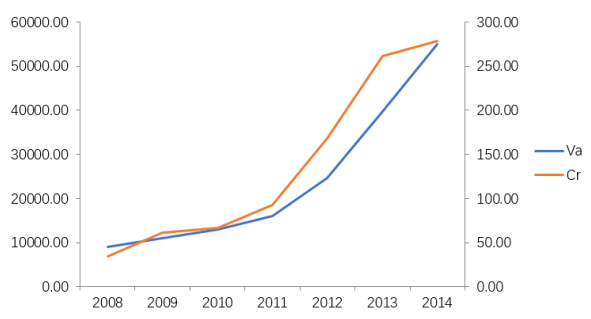
 DownLoad:
DownLoad: 



